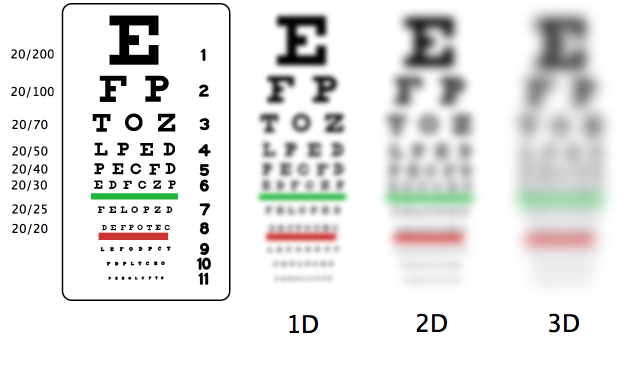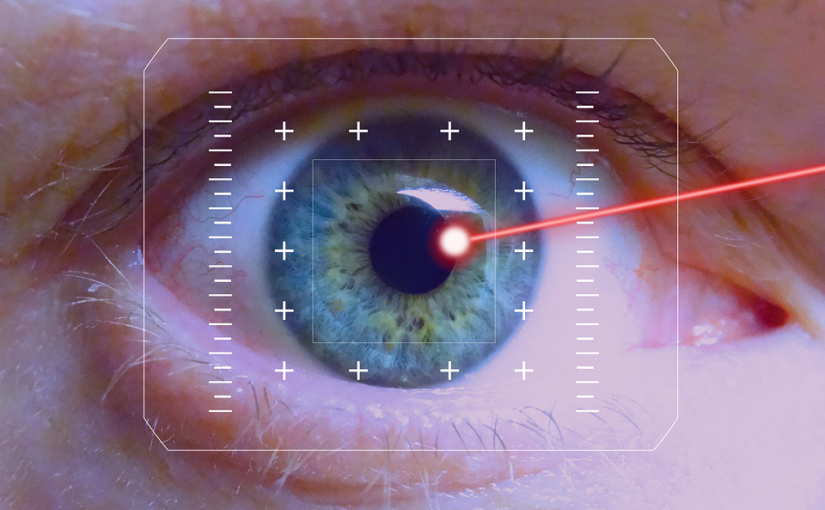Six Common Misconceptions About LASIK
There are some persistent misconceptions about LASIK surgery. If you’ve considered this surgery but decided against it based on incorrect information, you owe it to yourself to get the facts. Here are six common myths about LASIK:
1. My Eyesight Is Beyond Help
Many candidates for this procedure mistakenly believe that it can’t help them. That might have been true before recent breakthroughs in LASIK technology advanced the science to its current level. You have nothing to lose by scheduling a free consultation to find out whether LASIK might be right for you now, even if it wasn’t before.
2. LASIK Surgery Doesn’t Work for Astigmatism
This common belief is just flat-out wrong. The truth is that LASIK can and does completely correct most types of astigmatism with permanent results. This condition often occurs in conjunction with farsightedness and nearsightedness, and it’s basically just a refractive error like farsightedness and nearsightedness which LASIK also corrects.
3. LASIK Costs Too Much
There are a variety of options that can help you afford this surgery. From medical health plans to vision plans, LASIK can be affordable when you work with an approved LASIK provider. Many labor unions offer member benefits that cover family members, and there are long-term, interest-free financing plans that give you up to 12 months for repayment. Funds in a health savings account may cover LASIK, and a flexible spending plan with your employer can help you pay for this surgery using tax-free dollars.
4. The Recovery Time Is Too Long
There is actually no downtime with this surgery except for a few hours of rest immediately after the procedure. You should be able to drive the following day. Within a day or two you should be back at work, and within a week, you can resume all your customary activities.
5. LASIK Surgeons Are Basically All the Same
Choosing a surgeon is a very important part of any surgery, even minor surgery. Although LASIK technology is highly advanced, it takes a trained, skilled and experienced surgeon to apply that technology correctly and effectively. You’ll get results with any surgeon, but if you want the best possible results, choose your surgeon with care.
6. Bladeless and Blade LASIK Are Basically the Same Thing
Blade LASIK, also called traditional LASIK, employs a microkeratome blade to cut a tiny flap in the cornea. The corneal tissue underneath is then reshaped with a laser. Bladeless LASIK employs a femtosecond laser to create the flap by breaking corneal cells apart instead of cutting them. The benefits of bladeless LASIK include a lower risk of complications, better results overall and a reduced need for revision surgery as you get older.
Need more information about LASIK surgery in Springfield, Massachusetts? Schedule a free consultation at NorthEast Laser for a personalized session with John Frangie, M.D., to answer all your questions.






